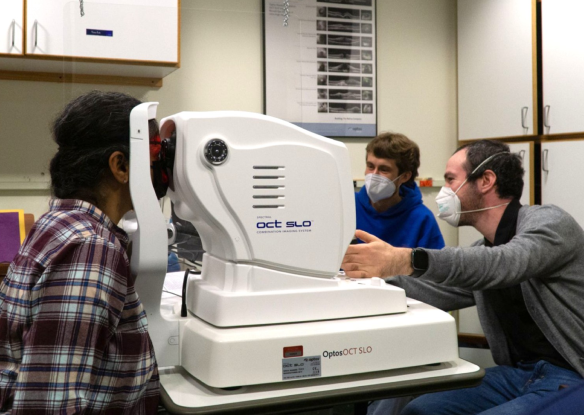
- Principal Investigator:
- Christopher Tyler
The purpose of this research study is to use the spectral electroretinogram (ERG) to deteremine how the retinal mechanisms of sufferers from abnormal light sensitivity due to head injury differ from those without abnormal light sensitivity.

